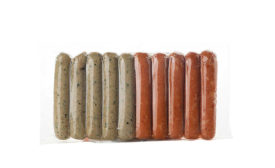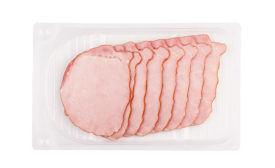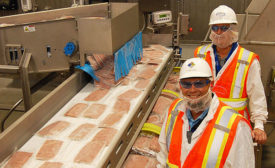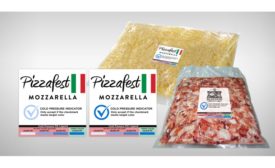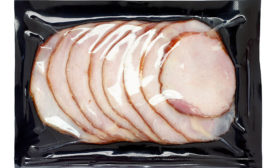Home » Keywords: » high-pressure pasteurization
Items Tagged with 'high-pressure pasteurization'
ARTICLES
Finding the right HPP solution
Operation size, extensive testing and understanding business capabilities are crucial steps.
Read More
Cover Story
Butterball LLC: High-pressure positioning
In the wake of a tough year, Butterball has invested in automation, sustainability and operational efficiency to position itself for its next big run.
Read More
Food Safety
Post-processing Pasteurization: Pressing innovation
Leveraging post-processing pasteurization technologies and methodologies is vital if meat and poultry processors are to eradicate the threat of pathogens throughout the production cycle.
Read More
Food Safety
Pasteurization options continue to grow
For pasteurizing product, processors have a variety of options on the rise, but thermal processing remains entrenched as the proven option for many companies.
Read More
Stay ahead of the curve. Unlock a dose of cutting-edge insights.
Receive our premium content directly to your inbox.
SIGN-UP TODAYCopyright ©2025. All Rights Reserved BNP Media.
Design, CMS, Hosting & Web Development :: ePublishing

